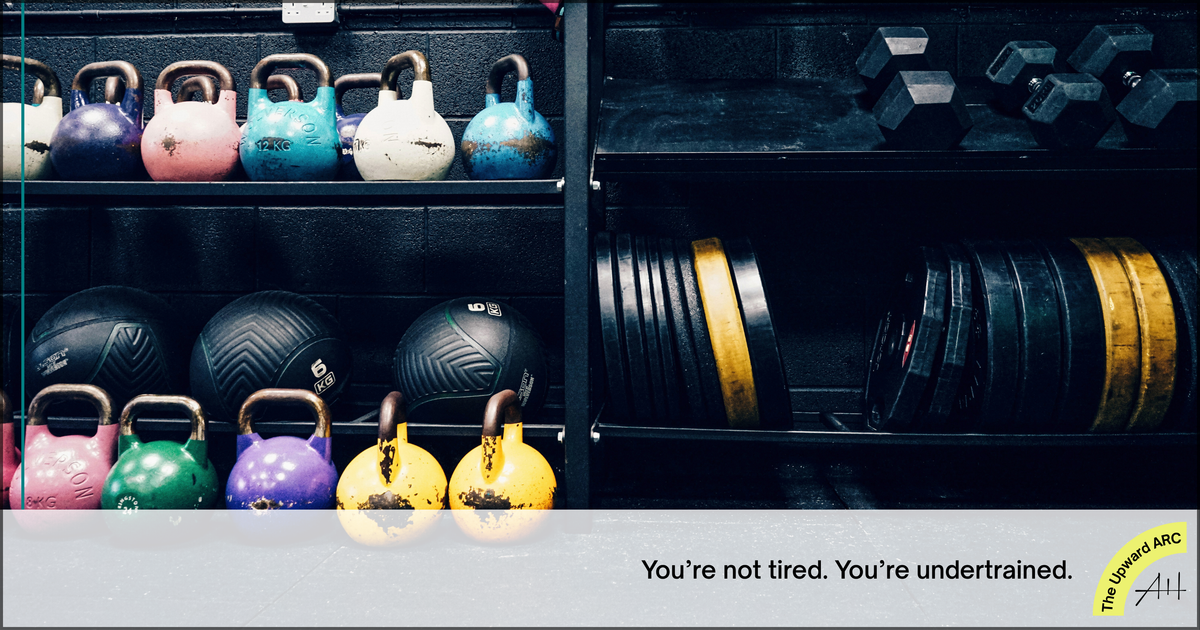Sweat Equity: The Highest-Return Investment You're (Maybe) Not Making
I dragged a 45kg wild boar from the forest and realized: fitness isn’t about aesthetics. It’s functional. Physical activity boosts brainpower, resilience, and longevity. Movement is the ultimate ROI: high yield, low risk, compounding daily. The real edge? Showing up fit.

This post is for members only
Already have an account? Sign in.
